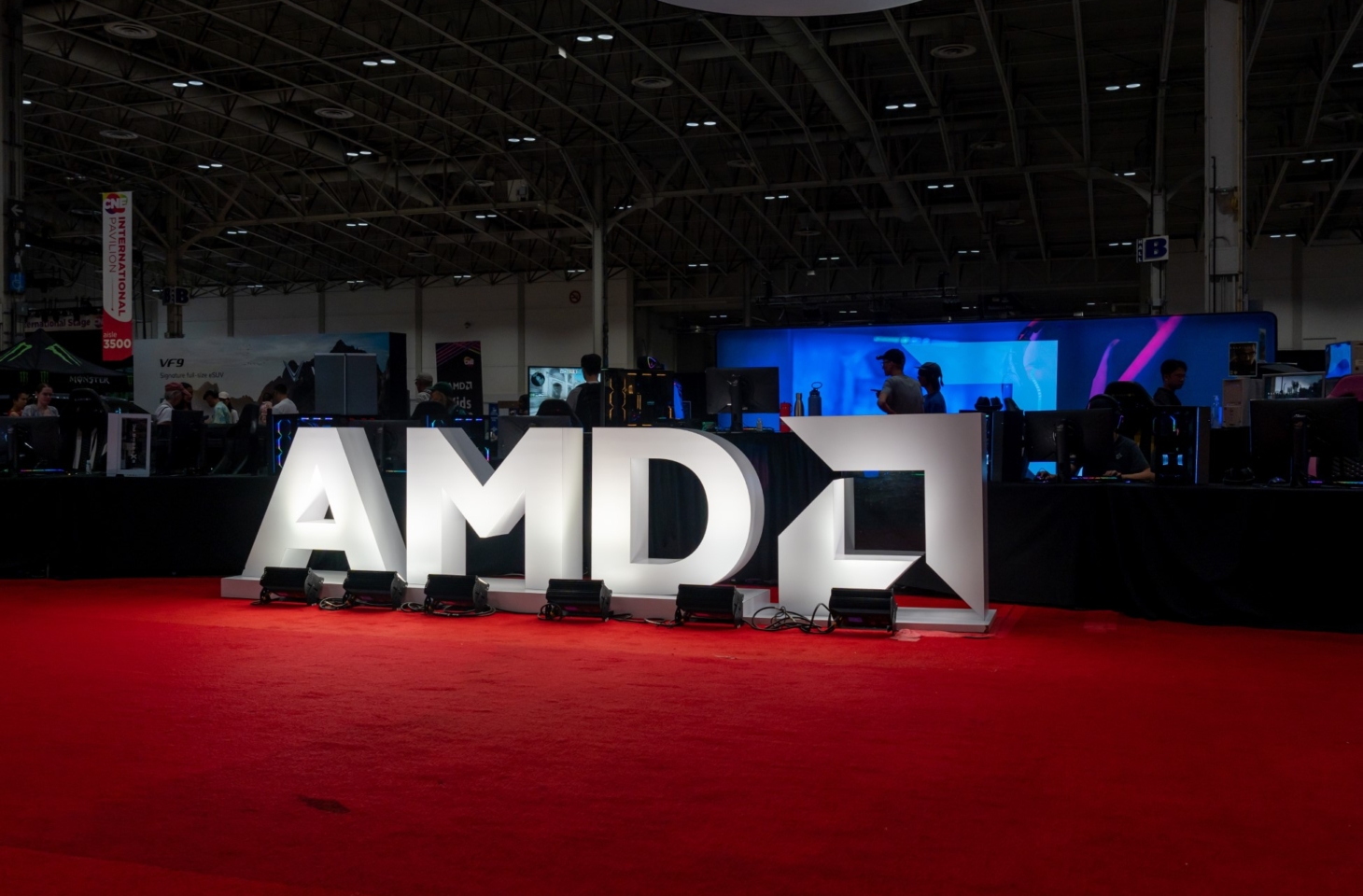AMD is using CES to unleash a new GPU architecture on the world. RDNA 4 promises more horsepower, and optimization for AI.
AMD is not holding back during CES. After announcing several new CPUs, the chip specialist is also using the fair to unleash its RDNA 4-GPU architecture on the world.
With RDNA 4, AMD is reworking the entire architecture. RDNA 4 chips are baked to TSMC’s 4 nm process, and have improved components on board. The compute units (CU) get a boost, and the AI accelerators are reworked. AMD states that the ray tracing accelerator also received an update, increasing the capacities per CU. Finally, the company integrated updated media encoding capabilities.
Software for AI
AI is unsurprisingly central to the innovation, and AMD wants customers to use AI capabilities effectively. To that end, it provides software in the form of Adrenalin AI. That tool allows users to generate images and summarize documents locally. Adrenalin AI also includes a chatbot, specifically designed to answer AMD-related questions. That one is presumably a little less useful, but the other two features promise to nicely illustrate the power of local AI.
AMD puts RDNA 4 on the market with the AMD Radeon RX 9070, of which a more powerful variant also appears immediately under the name AMD Radeon RX 9070 XT. AMD has changed the naming of its GPUs a bit, supposedly to simplify the overview. The thousand points to the generation and links to the Ryzen 9000 processors. The dozen, in turn, shows where AMD positions the GPU compared to Nvidia. For example, the RX 9070 series stands opposite the Nvitia RTX 4070 lineup.
AMD’s first RDNA 4 GPUs will still be on the market this quarter. We do not yet know a recommended retail price.
